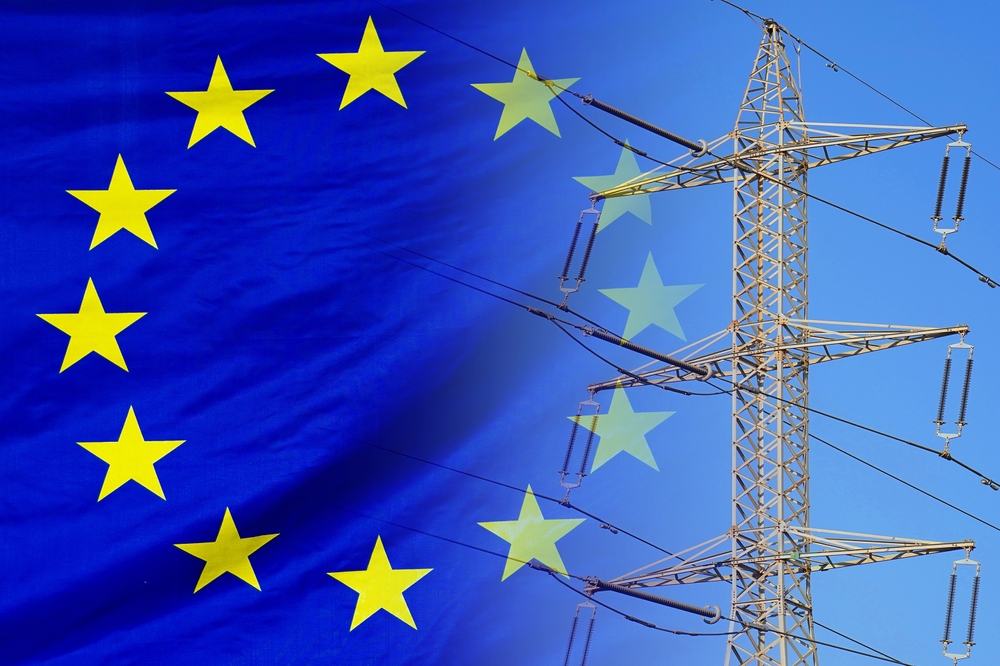Frederik Johnsen, CEO of the Joint Allocation Office (JAO), discusses why cross-border trading is essential for a resilient European electricity market and how JAO is helping overcome the key barriers to full integration.
As Europe accelerates its transition to a low-carbon future, the electricity market is undergoing a profound transformation. Driven by ambitious climate targets, the shift toward renewable energy sources has introduced new complexities to how power is generated, distributed, and consumed across the continent.
At the same time, geopolitical pressures, economic uncertainty, and increasing demand are testing the resilience and adaptability of national energy systems. In this evolving landscape, integration, flexibility, and cross-border cooperation have become critical to ensuring a stable and efficient electricity supply. The traditional, siloed approach to energy policy is no longer fit for purpose; a more interconnected and harmonised system is essential.
As regulatory reforms gain momentum and innovation reshapes market operations, questions emerge about the role of infrastructure, governance, and coordination in enabling a truly integrated European electricity market. Against this backdrop, we spoke to Frederik Johnsen of JAO to explore the structural shifts and strategic challenges shaping the future of energy in Europe.
As Europe pushes to decarbonise, why are renewables alone not enough – and what makes cross-border electricity trading such a critical piece of the puzzle?
Renewable energy sources, primarily wind and solar, are intermittent and location-dependent, leading to variability and instability in electricity supply. Renewables alone cannot guarantee consistent availability due to fluctuations in weather conditions and geographic disparities.
Cross-border electricity trading is essential as it enables balancing these fluctuations by allowing regions experiencing surplus renewable generation to export electricity to areas with deficits. These cross-border exchanges significantly improve grid stability, optimise renewable energy utilisation, reduce the need for expensive backup capacities, and support a cost-effective, stable, and secure energy transition.
What are the key challenges preventing the creation of a fully integrated European electricity market today?
Challenges include fragmented national regulatory frameworks, differing market rules, conflicting commercial interests, diverse IT and financial systems, and sometimes missing coordination between countries. Protectionist tendencies resurfacing due to recent crises also can complicate integration, as individual countries prioritise national security and domestic interests over collective European goals.
National governments may implement measures to shield local consumers and industries from price increases driven by higher cross-border demand. Politically, higher local electricity prices are contentious since they affect consumer affordability and industrial competitiveness, influencing decisions on local investment and economic growth.
Thus, the disconnect between immediate local benefits of maintaining low electricity prices to attract investments and protect consumers and broader European benefits such as enhanced resilience, optimised resource use, and long-term cost efficiency complicates integration efforts. Balancing these interests remains a key challenge to achieving a fully unified and efficient European electricity market.
How does JAO’s role as a central platform help overcome these barriers?
JAO serves as a centralised and neutral facilitator, streamlining cross-border electricity trading and market integration. By harmonising allocation rules, standardising administrative procedures, and centralising financial settlements across 45 European countries, JAO significantly reduces market entry barriers, enhances transparency, and promotes interoperability.
Its neutral governance mitigates conflicts of interest, builds trust among market participants, and supports efficient regulatory alignment. This role is instrumental in ensuring smoother electricity market operations, ultimately improving market stability, credibility, and resilience throughout Europe.
Technology isn’t the issue — it’s infrastructure, standards, and coordination. What specifically is missing, and how is JAO addressing it?
Gaps currently lie in infrastructure standardisation, harmonisation of regulatory frameworks, and coordination among market players. Specific deficiencies include inconsistent electricity market rules, fragmented regulatory approaches, and diverse IT systems across different national markets.
JAO addresses these issues by promoting standardisation within the entire supply chain, particularly in IT systems, which streamlines development and testing, reduces the need for customisation, and enhances interoperability. This standardised approach not only simplifies operational processes but also significantly reduces costs and improves the overall quality and reliability of market interactions.
By centralising and coordinating market functions, JAO ensures consistent implementation of regulatory updates, enabling Europe to maintain a cohesive and resilient integrated electricity market.
How is JAO aligning the diverse IT and financial systems across national borders to ensure interoperability and scalability?
JAO aligns Europe’s diverse IT and financial systems by offering a centralised platform that harmonises processes like allocation rules, settlement procedures, and taxation (including VAT integration).
This centralised platform allows interoperability among multiple, previously fragmented systems, facilitating efficient real-time data exchange, transparency data publication, unified financial operations across national borders and market surveillance.
By centralising these complex functions, JAO significantly reduces administrative burdens, minimises discrepancies, and ensures scalability. This approach proves particularly beneficial in adapting to regulatory shifts, such as those expected from the Electricity Market Design Reform (EMDR), as updates can be efficiently implemented on a single platform rather than requiring individual adaptations by multiple TSOs.
As the 2030 climate targets approach, what are the key milestones JAO needs to hit to keep Europe on track?
As Europe moves toward its 2030 climate targets, JAO must prioritise preparing for the impacts of new regulations such as FCA 2.0. This includes elements from the EMDR, particularly those affecting the future of long-term market products, which are vital for providing price stability.
JAO aims to invest in developing and deploying a new, flexible auction platform capable of accommodating regulatory changes introduced by EMDR. By centralising these critical updates, JAO ensures faster, uniform implementation, minimising disruption and ensuring seamless market operations.
This centralised approach is significantly more effective than individual TSOs making fragmented adjustments, as it enhances consistency, reduces operational costs, and maintains electricity market credibility.
